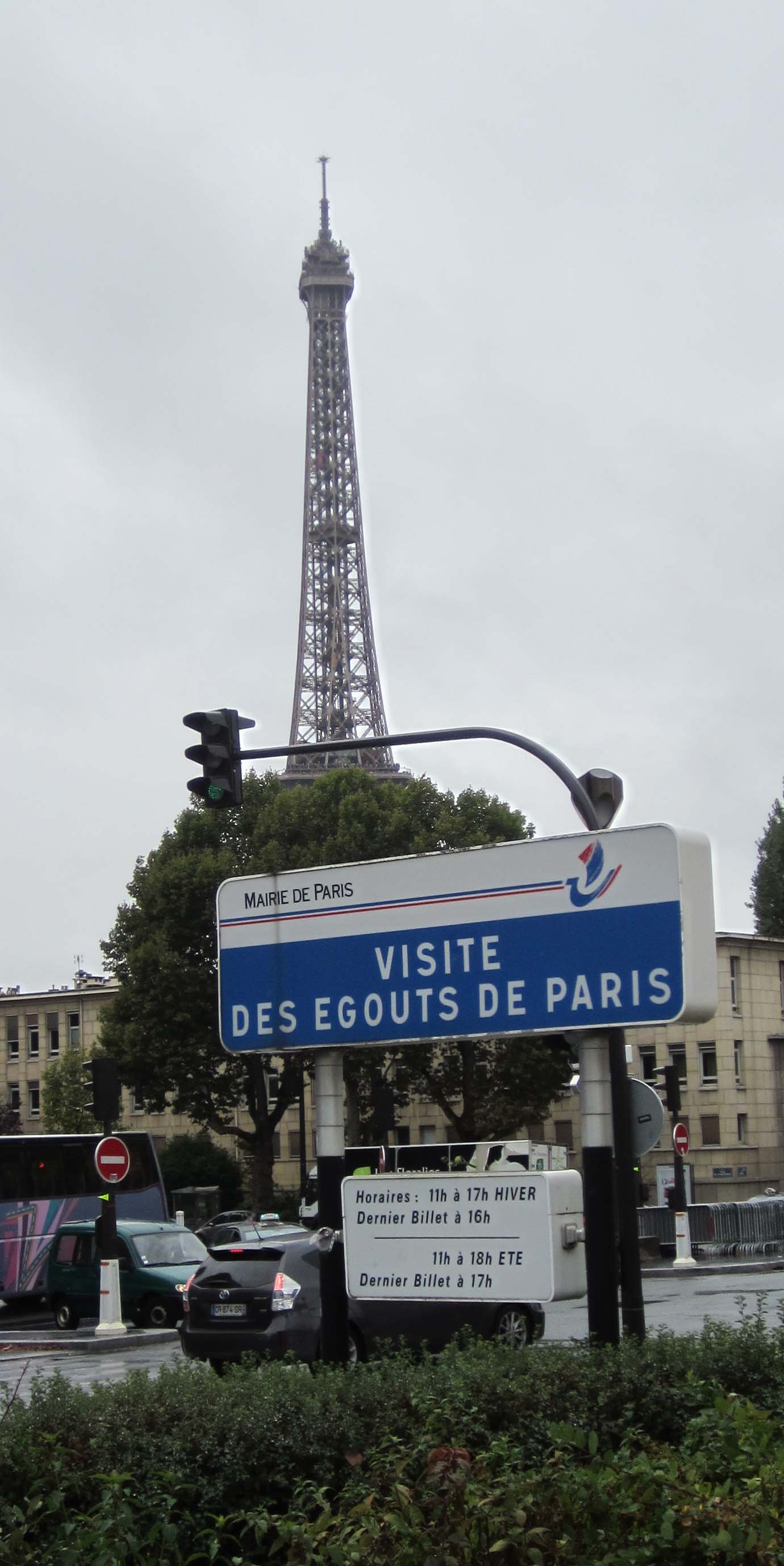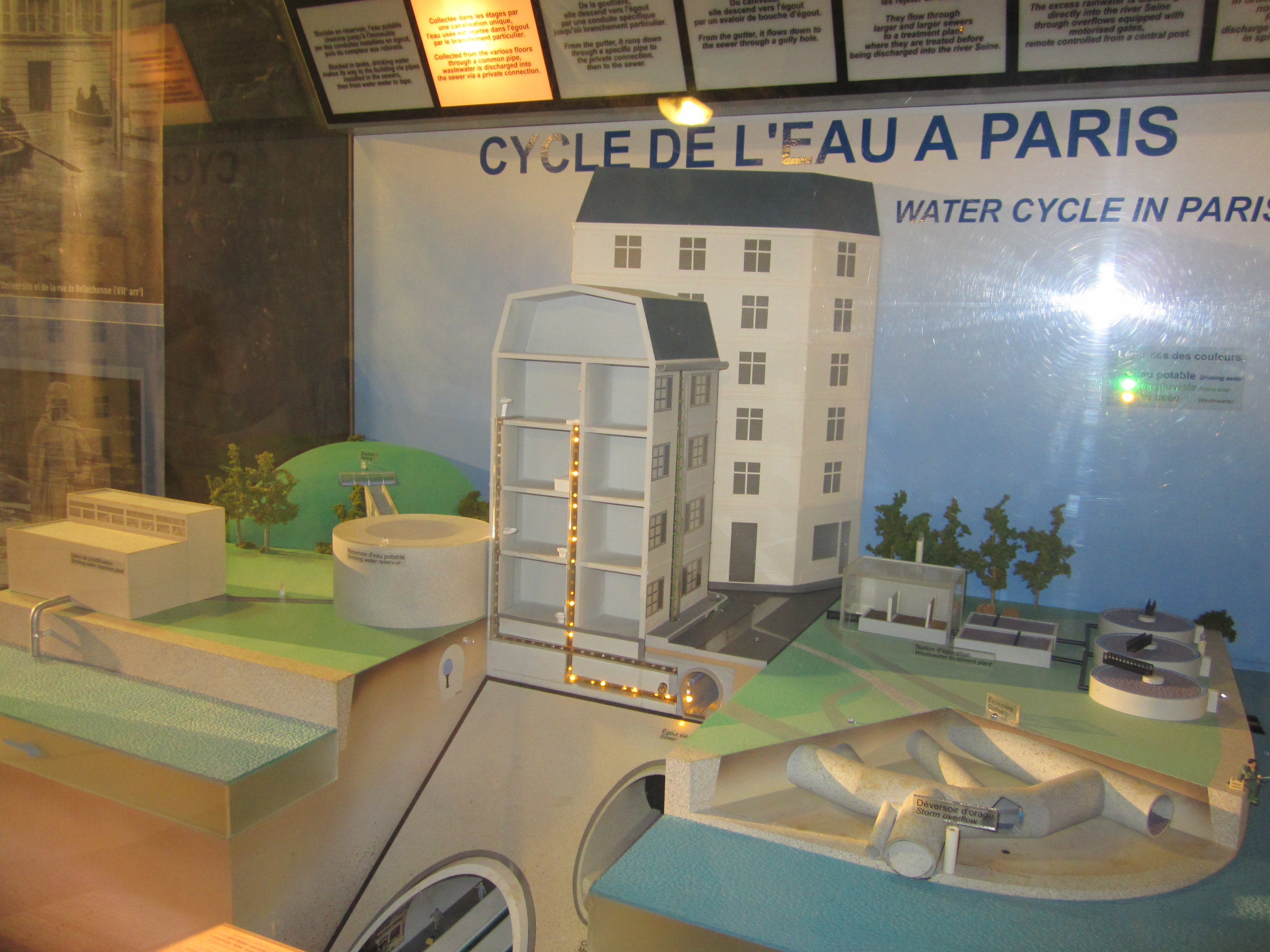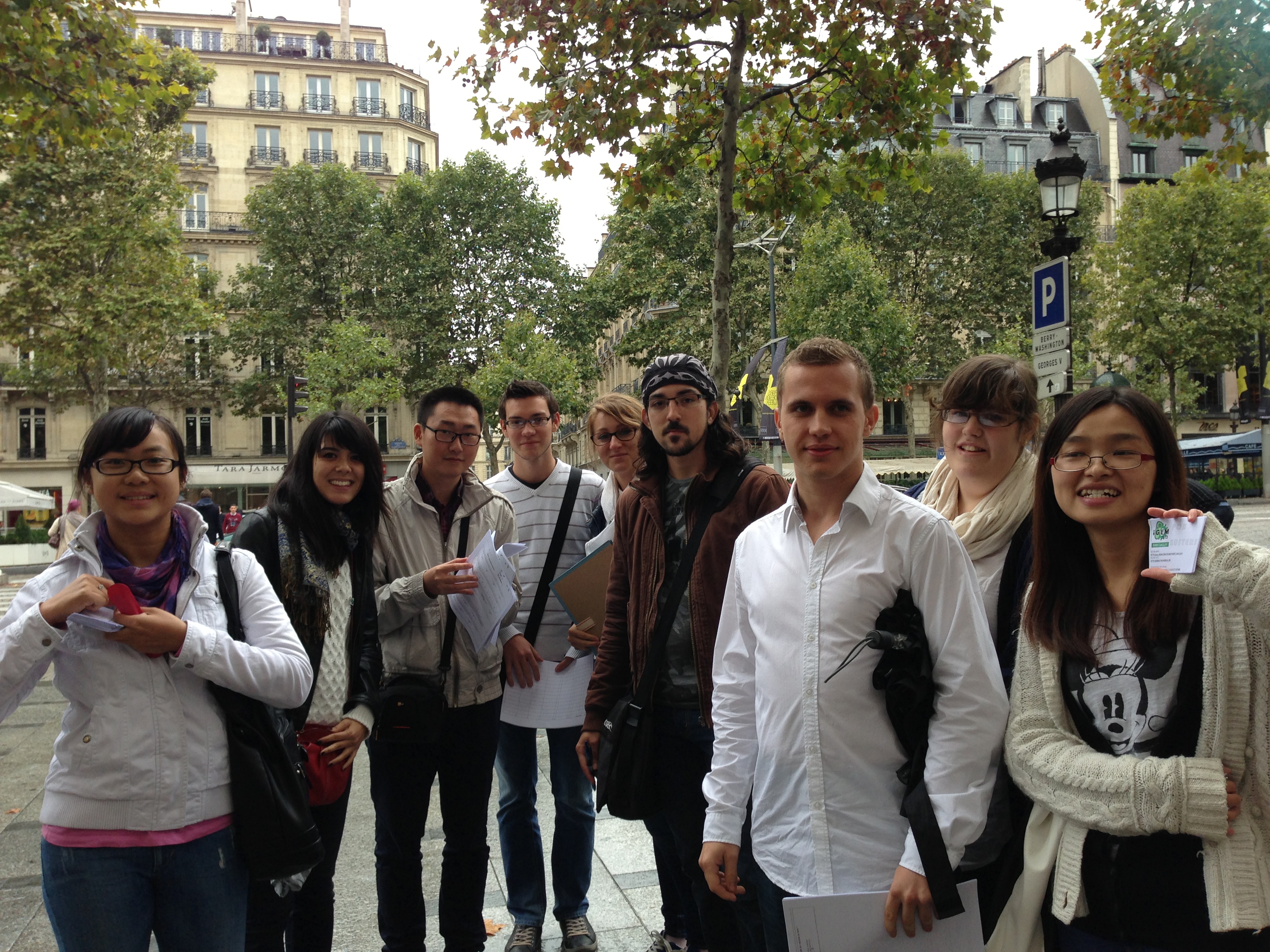Team:Paris Saclay/Sewers
From 2013.igem.org
CarolineMir (Talk | contribs) (→Sewers of Paris) |
CarolineMir (Talk | contribs) (→Sewers of Paris) |
||
| Line 26: | Line 26: | ||
- The overflows must remain close in order to keep the sewers network not flooded by the Seine. Pumps are activated to discharge the excess water to the river in spite of its hight water level | - The overflows must remain close in order to keep the sewers network not flooded by the Seine. Pumps are activated to discharge the excess water to the river in spite of its hight water level | ||
| - | + | We discovered the history of Parisian Sewers, who built it, imagined it, and how it have been developped through the centuries. | |
[[File:PsParis5.jpg|left|300px|caption]] | [[File:PsParis5.jpg|left|300px|caption]] | ||
| - | [[File:PsParis6.jpg|right | + | [[File:PsParis6.jpg|right|300px|caption]] |
| + | |||
| + | |||
| + | |||
| + | |||
| + | It was very interresting to know how water is transported through sewers. We learnt a lot about bacterial depollution, wastewater depollution, and waterplant system. | ||
| Line 51: | Line 56: | ||
| - | |||
{{Team:Paris_Saclay/incl_fin}} | {{Team:Paris_Saclay/incl_fin}} | ||
Revision as of 19:25, 21 September 2013
Sewers of Paris
The Parisian Sewers are long about 2400 km, they gather and expel the flow and wasterwater. During this aftenoon we have learnt about the parisian water cycle and about the diferent ways to clean water.
- Stocked in tanks, drinking water makes its way to the buldings via pipes installed in the sewers, then from water meter to taps.
- Collected from the various floors throught a common pipe, wastewater is discharged into the sewer via a private connection
- From the gutter, its flows down to the sewer through a gully hole
- They flow through larger and larger sewers to a treatment plant : where they are treated before beeing discharged into the river Seine
- The excess rainwater is discharged directly into the river Seine through overflows equipped with motorised gates, remote controlled from a central post
- The overflows must remain close in order to keep the sewers network not flooded by the Seine. Pumps are activated to discharge the excess water to the river in spite of its hight water level
We discovered the history of Parisian Sewers, who built it, imagined it, and how it have been developped through the centuries.
It was very interresting to know how water is transported through sewers. We learnt a lot about bacterial depollution, wastewater depollution, and waterplant system.
 "
"


